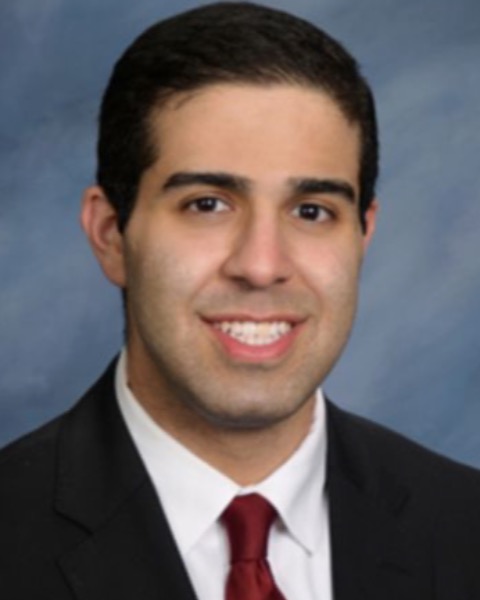General Thoracic
Category: Scientific Abstract: Oral/Poster
Geographical Disparities in Access to Thoracic Surgeons: A Geospatial Analysis of Travel Time Across the United States
A. Bassiri1, J. Labadorf1, C. Chang2, C. Boutros1, B. Jiang3, J. Sinopoli4, L. Tapias5, P. Linden6, C. Towe7
1University Hospital Cleveland Medical Center, Cleveland, Ohio 2Oregon Health and Science University, Portland, Oregon 3University Hospitals Cleveland Medical Center, Mayfield, Ohio 4University Hospital Cleveland Medical Center, University Heights, Ohio 5University Hospital Cleveland Medical Center, Pepper Pike, Ohio 6University Hospitals Cleveland Medical Center, Cleveland, Ohio 7University Hospital Cleveland Medical Center, Division of Thoracic Su, Cleveland, Ohio
1University Hospital Cleveland Medical Center, Cleveland, Ohio 2Oregon Health and Science University, Portland, Oregon 3University Hospitals Cleveland Medical Center, Mayfield, Ohio 4University Hospital Cleveland Medical Center, University Heights, Ohio 5University Hospital Cleveland Medical Center, Pepper Pike, Ohio 6University Hospitals Cleveland Medical Center, Cleveland, Ohio 7University Hospital Cleveland Medical Center, Division of Thoracic Su, Cleveland, Ohio

Aria Bassiri, MD
General Surgery PGY2 Resident/ Dudley P. Allen Research Fellow
University Hospital Cleveland Medical Center
Cleveland, Ohio, United States
Presenting Author(s)
Disclosure(s):
Aria Bassiri, MD: No financial relationships to disclose
Purpose: Previous studies in disparities in access to thoracic surgeons have focused on demographic characteristics of patients. The geospatial relationship of patients to thoracic surgeons is unknown. We hypothesize that many areas of the United States are associated with prolonged travel time to a thoracic surgeon.
Methods: The “National Downloadable File” (from data.gms.gov) was used to compile a list of all thoracic surgeons as of May 2023. Providers were characterized as thoracic surgeons if any specialty was listed as “Thoracic Surgery”. Surgeon's location was defined as "facility” location in the ArcGIS tool. The centroids of all counties within the US were considered the location for patients living in that county. The "Closest Facility" tool was used to calculate the closest surgeon for each county centroid. The closest surgeon was defined as the surgeon with the shortest drive time from the county centroid using ESRI's United States road network dataset. Outcomes of interest included drive time (minutes) and distance (kilometers). Drive times >= 2 hours were defined as "Long". The number of patients with lung and esophageal cancer was obtained from statecanerprofiles.cancer.gov. All analyses used ArcGIS Pro 2.9.5 from the Environmental Systems Research Institute and Stata.
Results: The analysis included 3,105 counties: In 2,201 (70.9%) counties, the closest surgeon was a “thoracic only” surgeon and in 904 (29.1%) the closest was “cardiac and thoracic”. The closest thoracic surgeon was male in 2,872 counties (92.5%). The average distance from a county centroid to a thoracic surgeon was 71.2 Kilometers (median 56.6 km (IQR 32.1-95.9)) and associated with an average travel time of 51.4 minutes (median 42.7 minutes (IQR 26.7-67.1)). The visual relationship of drive time for each county in the US is shown in figure 1.
185 counties were associated with long drive times (>= 2 hours). Long drive times were more likely in counties located in the West census region (108/414 (26.1%) vs 77/2,614 (2.9%) other regions, p< 0.001). 4,891,242 people live in counties with long drive times, representing 1.5% of the US population. The estimated number of patients with lung cancer per year who have long drive times is 2018 and esophageal cancer is 306.
Conclusion: Significant geographical disparities exist in access to thoracic surgeons across the US, particularly in the American West. Over 4.8 million people reside in areas with travel times exceeding two hours, indicating a need for improved healthcare access to thoracic surgical specialists.
Identify the source of the funding for this research project: This research project did not receive external funding.
